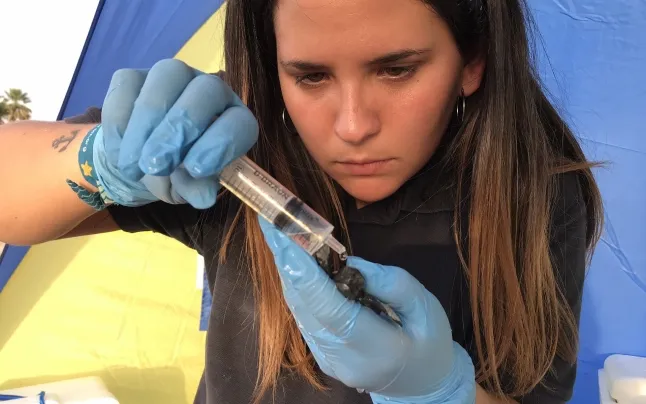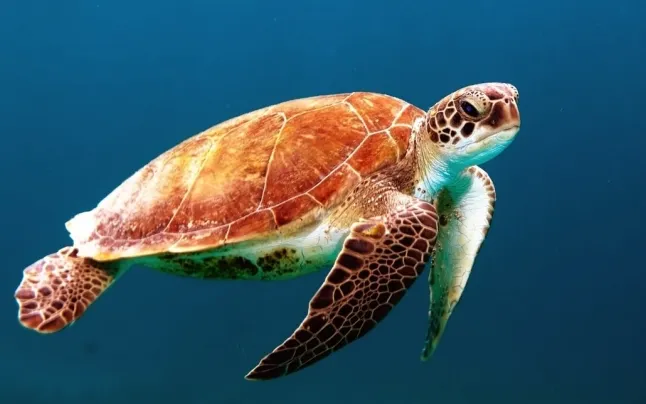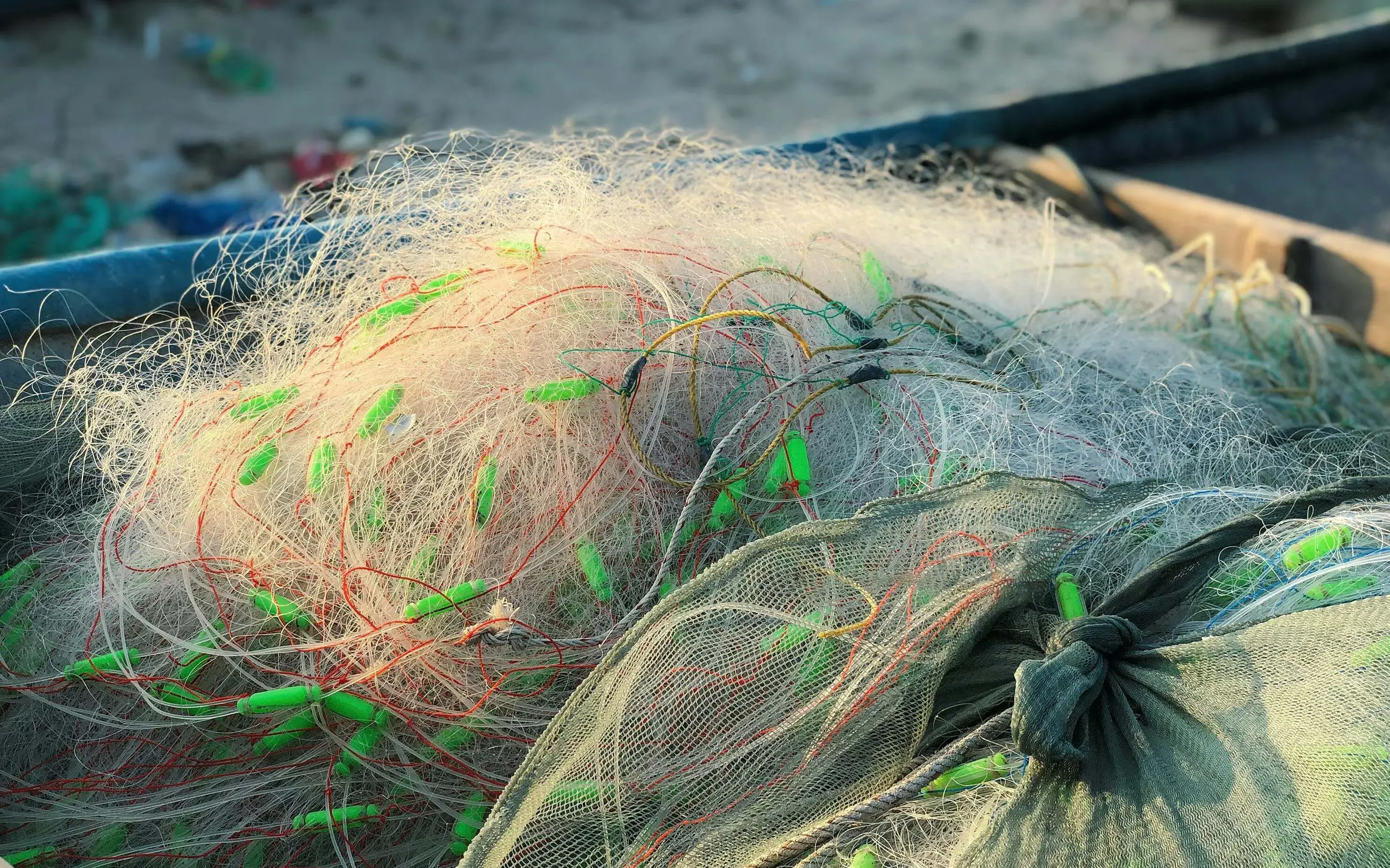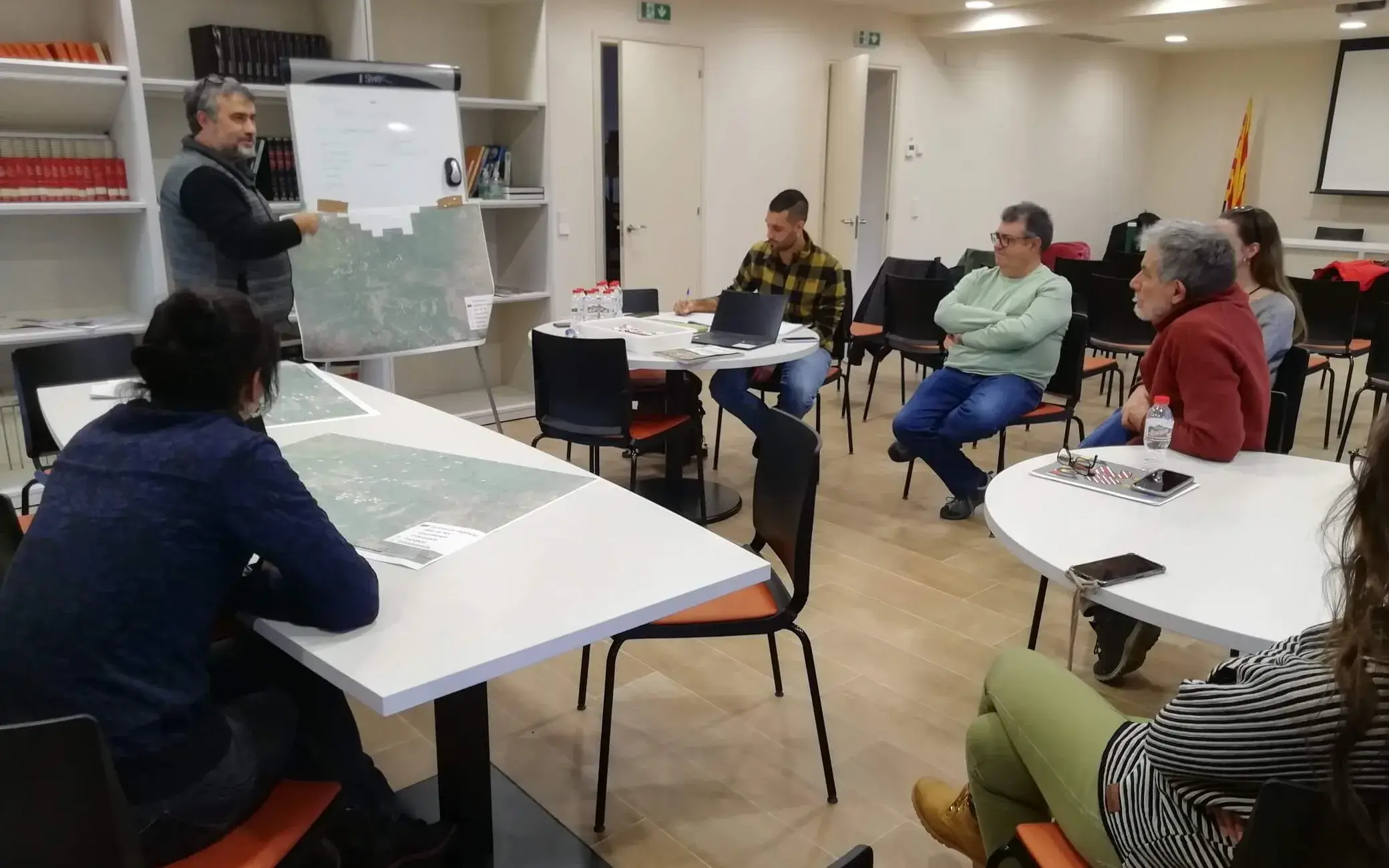Sílvia Giralt: “Unless there’s a big change, in some years from now there will be no more marine biodiversity”
The oceanographer from the CRAM Foundation warns of the consequences of the climate emergency on marine fauna and ecosystems.
How is climate change affecting marine ecosystems?
Climate change is causing the warming of oceans, causing alterations to the marine food web; the acidification of the marine environment, changing the pH in the environment; and also alterations to rainfall. This combination of factors tends to worsen the effects of anthropogenic pressure on the seas, leading to a loss of marine biodiversity.
And on the animals living there?
Animals that live outside their optimum thermal range spend more energy, and this weakens them and makes them more vulnerable to disease and predators. Also, when the temperature isn’t optimum, the eggs and spores of some species show difficulties to develop. In the end, this chain of events affects the general functioning of the whole ecosystem, and this can lead to a loss of biodiversity.
Could you give us an example?
One example would be the copepods; as they are food for a large number of organisms, when they suffer, it affects the whole food web. At higher levels of the food web, animals that can’t find food are forced to move in order to survive.
What other consequences does the rise in temperature have?
The rise in our oceans’ temperature also speeds up the metabolism of organisms and their oxygen intake, and this leads to lower oxygen concentrations in the sea and can lead to some parts of the oceans no longer being fit for marine life.
Acidification affects marine life in many ways. For instance, corals, mussels, oysters and other animals with shells or calcareous skeletons, when pH levels in the water drop, find it more difficult to build them, and may even dissolve. Therefore, acidification can affect whole ecosystems.
What consequences are you seeing in the Mediterranean and its fauna?
Even if along our coasts and in the Mediterranean we don’t see as many visual changes as in areas with large coral extensions where corals are bleached and then die, we do see consequences in terms of species being displaced due to the warming of waters; some species are even disappearing, leading to changes in the food webs of ecosystems.
Have you witnessed any special cases?
The case we see more often at CRAM is that of the Loggerhead sea turtle (Caretta caretta). Because of climate change, this species has been forced to find new nesting areas, as the traditional spots that were in the eastern coasts of the Mediterranean have seen a rise in temperature of its beaches, making them unsuitable for egg incubation. Female turtles have therefore had to look for colder areas to lay their eggs and have found a good place to nest along the Catalan coastline, and this has altered the species.








Add new comment